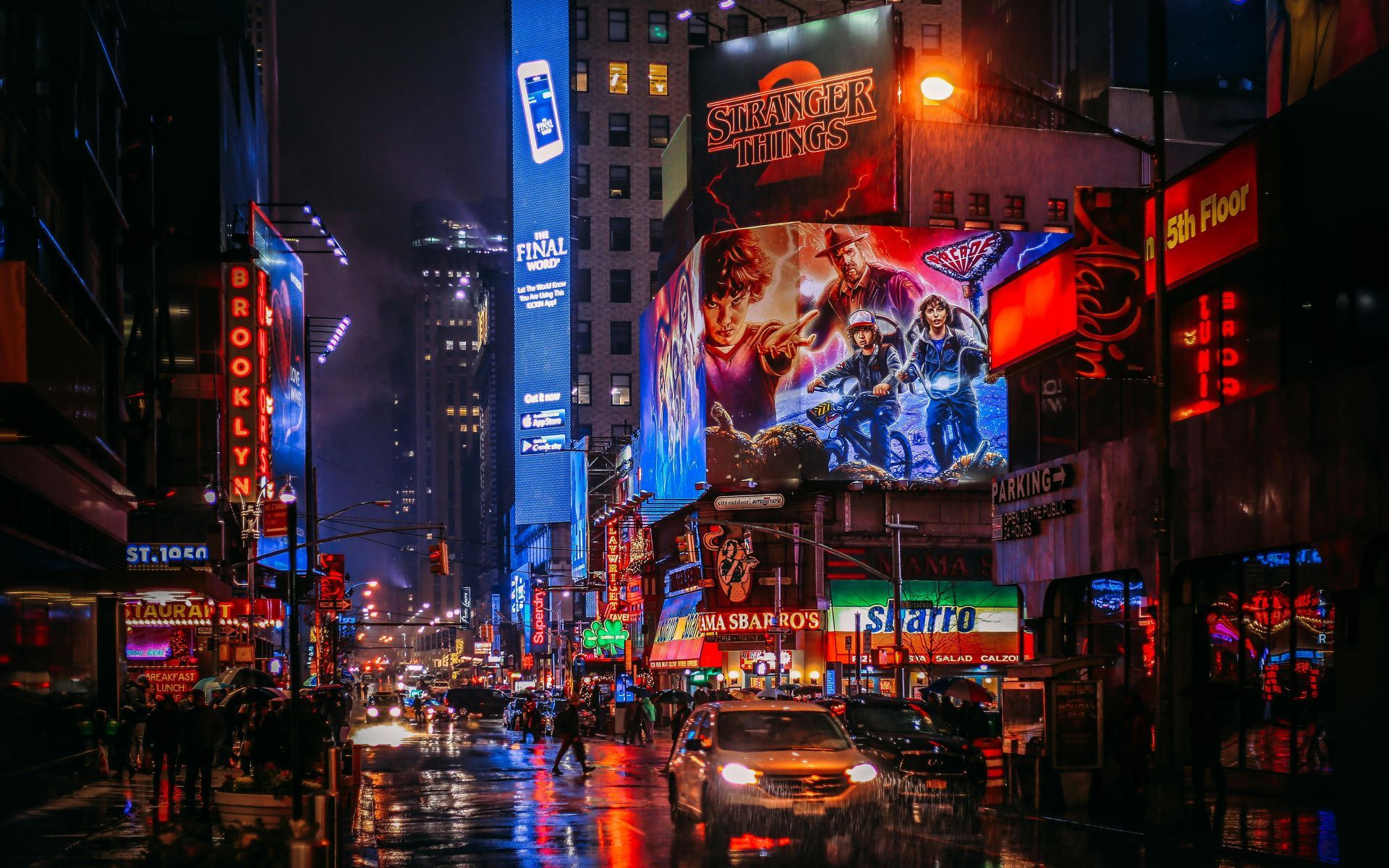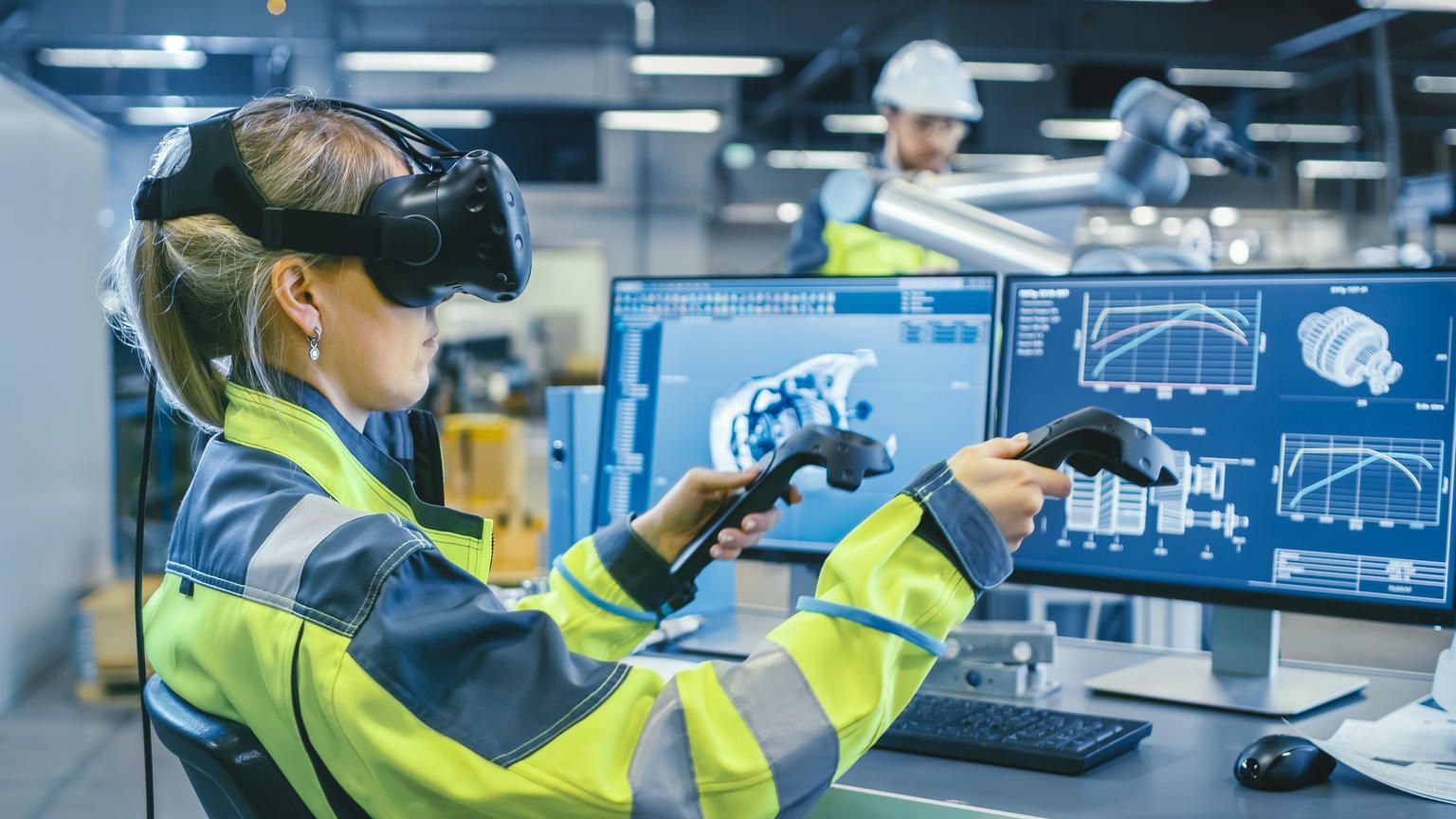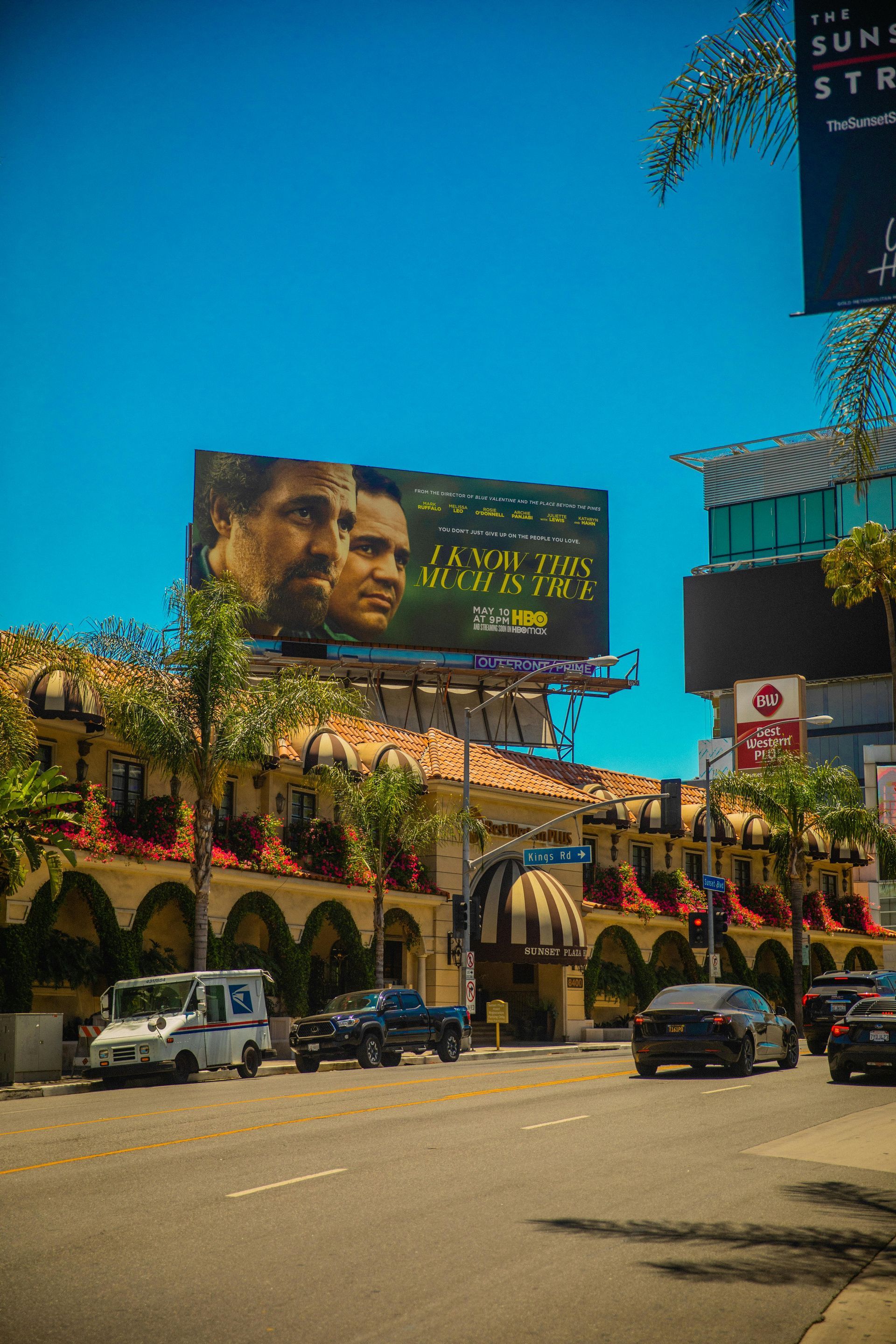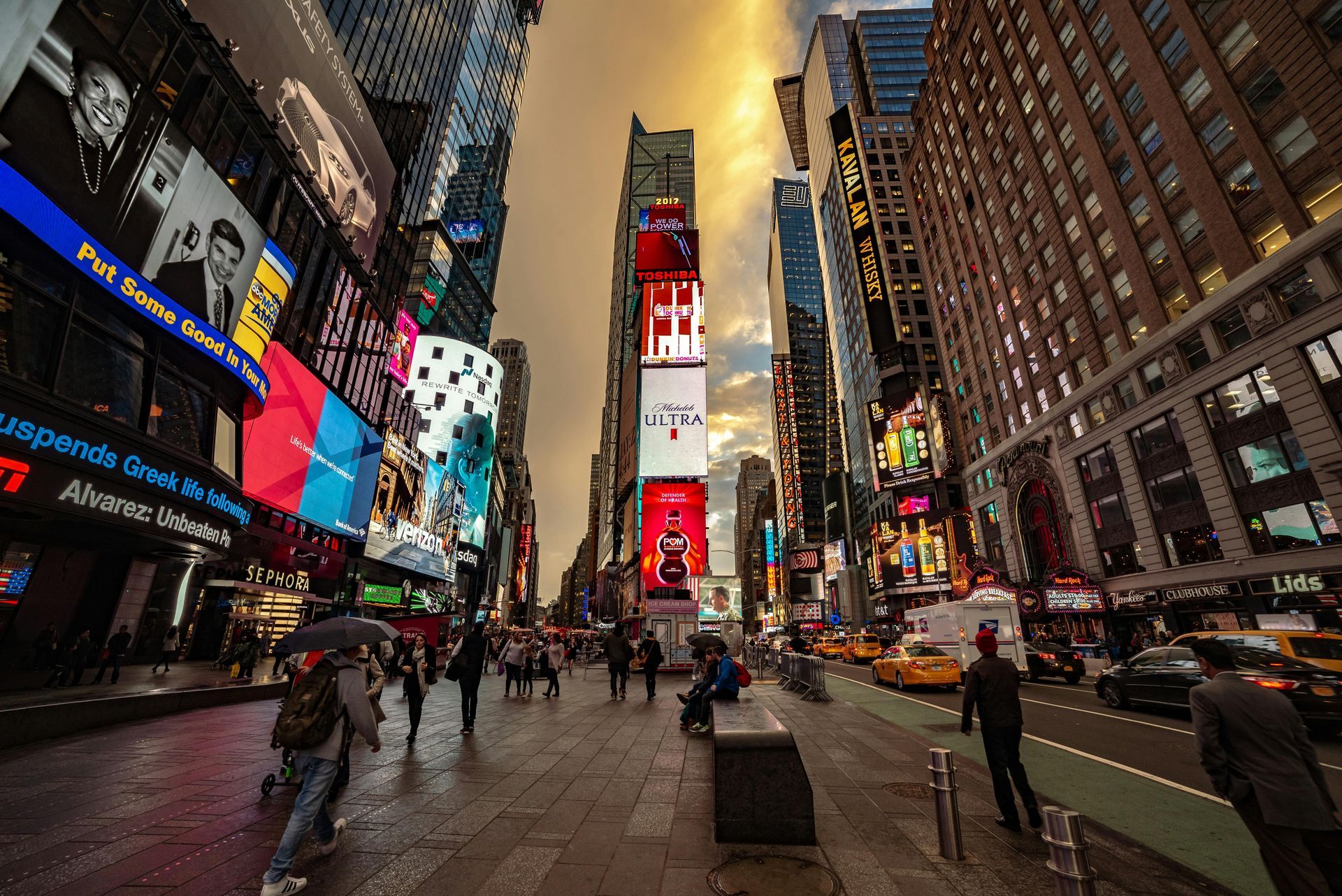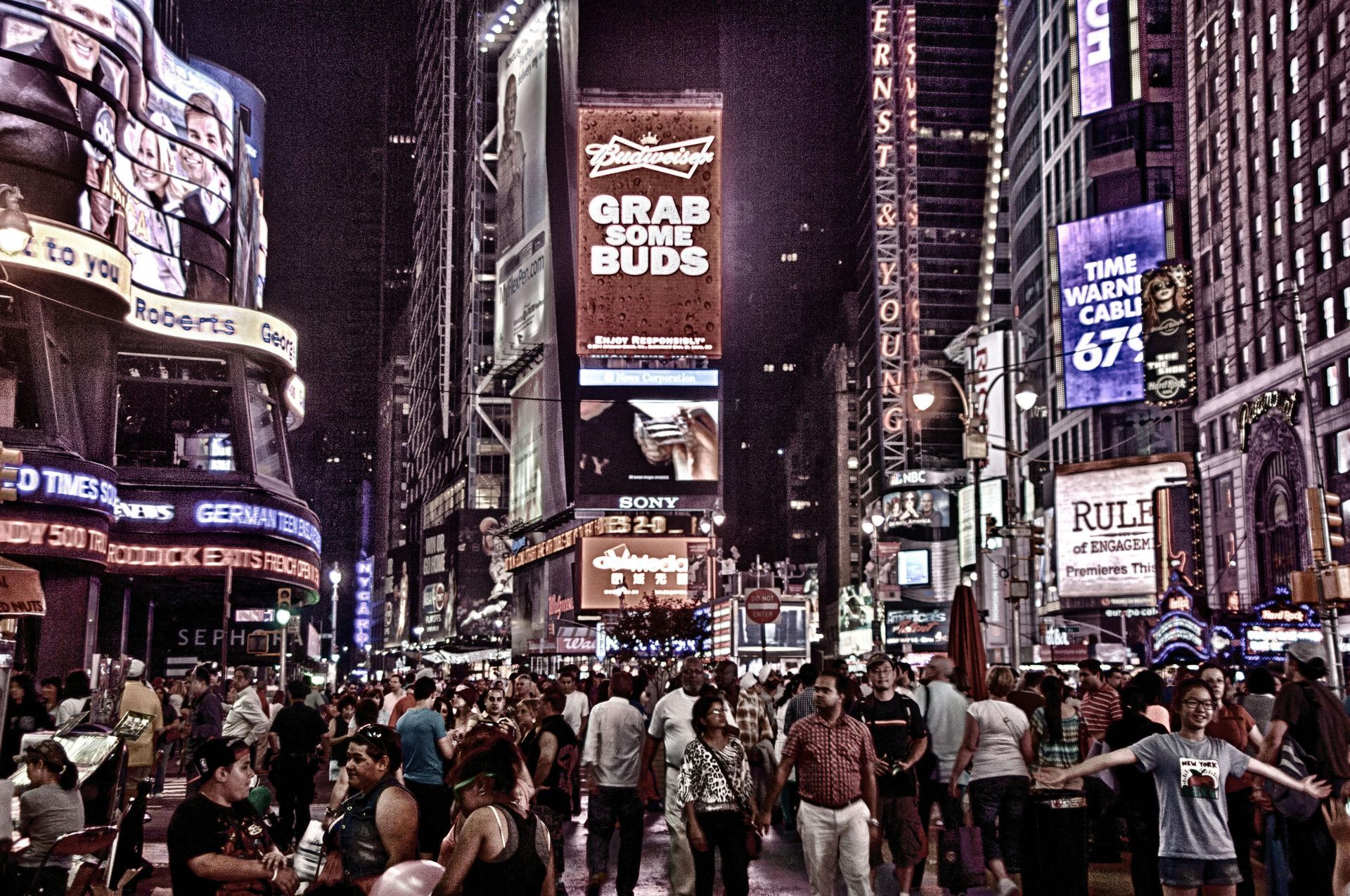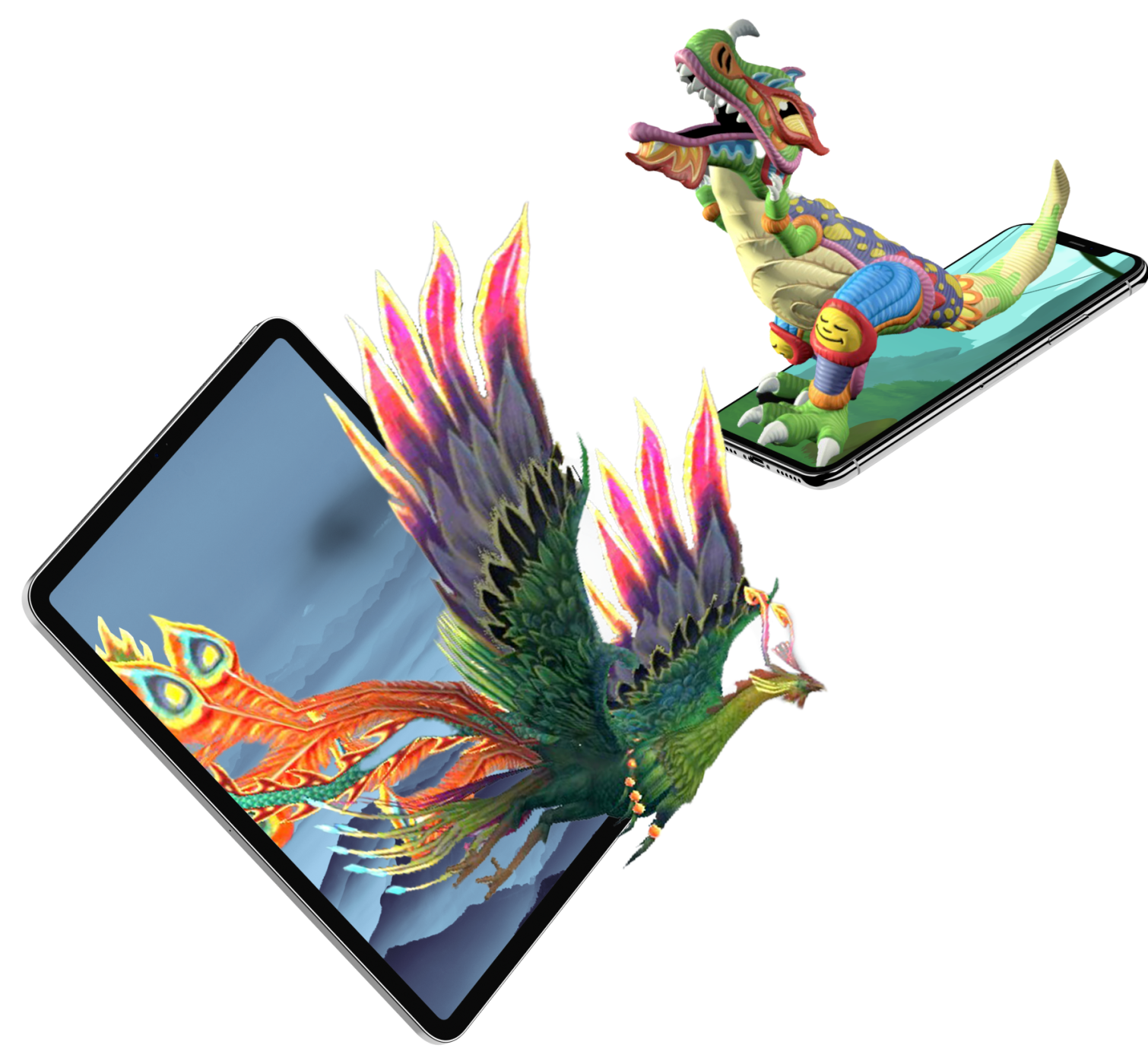AR Murals for Retail: Driving Foot Traffic and In-store Conversions
In today's bustling retail scene, marketing executives are on the lookout for exciting and creative strategies to draw customers into their physical stores and turn casual browsing into delightful purchases. Augmented reality (AR) murals have become fantastic tools for brands eager to craft immersive and shareable experiences that not only increase foot traffic but also enhance in-store conversion rates. This innovative technology is transforming standard retail spaces into vibrant, interactive destinations that engage customers in meaningful ways, crafting unforgettable brand moments that lead to real results for the business results.
The Evolution of Retail Experiences
The retail industry has undergone a dramatic transformation in recent years. E-commerce growth has put unprecedented pressure on brick-and-mortar locations, compelling marketing leaders to reimagine the physical shopping experience. Today's consumers expect more than just product availability—they seek experiences that seamlessly blend digital innovation with tangible interactions.
According to McKinsey research, experiential retail concepts generate 1.5 to 2.2 times more revenue per square foot than traditional retail models. This seismic shift has created an environment where AR murals and similar immersive technologies are no longer experimental—they are becoming essential components of forward-thinking retail strategy.
What Are AR Murals?
AR murals merge physical artwork with digital overlays that customers can access through their smartphones or tablets. Unlike traditional store displays, these installations create multi-layered experiences that unfold when viewed through an AR-enabled device.
These murals typically consist of:
- A visually striking physical mural or wall installation that stands alone as compelling artwork
- Digital content that appears when customers scan the mural using a retailer's app or QR code
- Interactive elements that respond to customer engagement, often incorporating product information, games, social sharing capabilities, or exclusive offers
The most effective AR murals serve dual purposes: they enhance the retail environment's aesthetic appeal while simultaneously functioning as powerful conversion tools.
The Business Case for AR Murals in Retail
For Fortune 1000 marketing executives weighing technology investments, AR murals present a compelling business case with measurable returns:
Driving Foot Traffic
AR murals create destination-worthy experiences that attract customers specifically seeking to engage with the installation:
- Social Media Amplification: AR experiences are highly shareable, generating organic social media content that extends reach beyond paid advertising efforts. Data from Snapchat shows AR experiences drive 94% higher conversion rates than standard ads.
- Press Coverage and Earned Media: Innovative AR installations often generate media coverage, offering valuable third-party endorsement and increasing market awareness—especially when launched with strategic timing or connected to cultural moments.
- Location-Based Promotion: AR murals can be promoted through geofenced advertising, drawing nearby mobile users into stores with the promise of a unique digital experience.
Recent implementations by leading retailers illustrate the traffic-driving potential of these installations. When luxury retailer Burberry unveiled AR-enabled murals in key global locations, they reported a 40% increase in store visits from younger demographics—a notoriously challenging segment to attract to physical retail.
Increasing In-Store Conversions
Beyond attracting customers, AR murals significantly impact conversion metrics:
- Extended Dwell Time: Customers engaging with AR installations spend an average of 7.5 minutes longer in-store than non-engaged visitors. This extended engagement window creates additional opportunities for product discovery and purchase consideration.
- Personalized Product Interactions: Advanced AR murals can recognize individual users and recommend products based on previous purchases or expressed preferences, creating highly personalized shopping journeys.
- Gamification of Shopping: AR murals frequently incorporate game elements that incentivize specific customer behaviors, from exploring different store sections to trying on products virtually.
- Seamless Path to Purchase: The most effective implementations create frictionless connections between AR engagement and purchase opportunities through integrated mobile checkout or guided pathways to relevant products.
A 2023 study by Deloitte found that retailers implementing AR experiences saw an average 19% increase in conversion rates and a 27% increase in average transaction value compared to control stores without such technology.
Implementation Strategies for Maximum Impact
For marketing leaders considering AR mural implementation, several strategic approaches have proven particularly effective:
Storytelling Through Layered Experiences
The most compelling AR murals tell brand stories that unfold progressively as customers engage:
- Begin with Visual Impact: The physical mural itself should be visually arresting enough to attract attention and photography even without the AR component
- Create Discovery Moments: Layer digital content that reveals new information, perspectives, or experiences with each interaction
- Connect to Brand Heritage: Use AR to visualize brand history, manufacturing processes, or origin stories that create deeper emotional connections
Cosmetics retailer Sephora exemplifies this approach with AR murals that transform into virtual tutorials when activated. These tutorials teach application techniques while simultaneously recommending relevant products available in-store.
Strategic Placement and Integration
Location and integration considerations significantly impact AR mural effectiveness:
- High-Traffic Areas: Position installations where they'll capture natural foot traffic while allowing comfortable viewing space
- Cross-Department Journeys: Design experiences that guide customers through multiple departments, increasing exposure to diverse product categories
- Entrance Positioning: Placing AR murals near entrances creates immediate engagement opportunities and helps orient customers to the brand experience
Sporting goods retailer Nike successfully implemented this strategy by placing AR murals at store entrances that, when activated, created personalized navigation experiences guiding customers to departments matching their athletic interests—increasing cross-category purchases by 35%.
Measurement and Optimization
Sophisticated tracking mechanisms are essential for quantifying AR mural ROI:
- Engagement Metrics: Track activation rates, time spent, and completion percentages
- Attribution Models: Implement systems that connect AR engagement to subsequent purchases
- Heat Mapping: Analyze customer movement patterns before and after installation
- A/B Testing: Compare different content variations to identify highest-performing elements
Home improvement retailer Lowe's utilized these measurement approaches to continuously refine their AR mural experiences, ultimately achieving a 32% higher conversion rate among customers who engaged with their installations compared to non-engaged visitors.
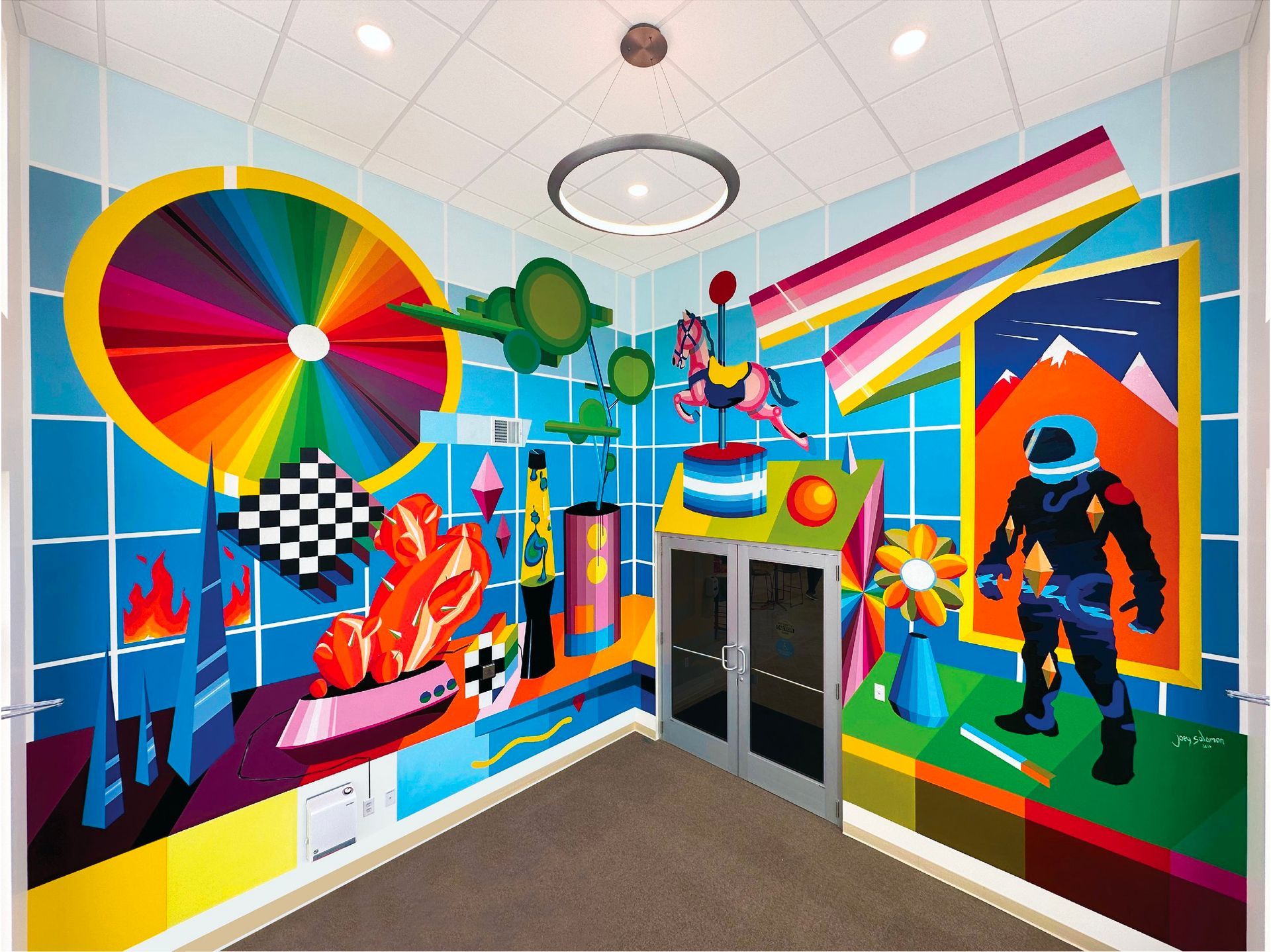
Technical Implementation Considerations
While marketing leaders need not concern themselves with every technical detail, understanding key implementation factors ensures successful execution:
Platform Selection
Several approaches exist for delivering AR mural experiences:
- Dedicated Brand App: Provides greatest control and data capture but requires customer download
- Web-Based AR: Offers frictionless access through web browsers without app requirements
- Third-Party Platforms: Leverages existing AR platforms like Snapchat or Instagram, trading some control for established user bases
The optimal approach depends on existing digital ecosystems and customer preferences. Retailers with high-engagement mobile apps typically achieve better results through integrated experiences, while those without strong app presence may benefit from web-based solutions.
Content Refresh Strategies
Unlike static displays, AR murals can be regularly updated with new digital content while maintaining the same physical installation:
- Seasonal Refreshes: Align digital content with seasonal campaigns while maintaining consistent physical elements
- Limited-Time Experiences: Create urgency through time-bound AR content that encourages repeat visits
- Progressive Narratives: Develop episodic content that evolves over time, rewarding repeat engagement
Fashion retailer Zara effectively demonstrates this approach, maintaining consistent physical murals while updating AR content monthly to showcase new collections, driving 22% higher repeat visit rates among AR-engaged customers.
Common Implementation Pitfalls
Marketing executives should be aware of several common missteps that undermine AR mural effectiveness:
- Prioritizing Technology Over Experience: Focusing on technical novelty rather than meaningful customer value
- Complicated User Interfaces: Creating friction through complex activation processes
- Failing to Train Staff: Neglecting to prepare store associates to guide customers through the experience
- Limited Promotion: Implementing sophisticated AR without adequate awareness campaigns
- Isolated Experiences: Creating AR murals disconnected from broader omnichannel strategies
Electronics retailer Best Buy avoided these pitfalls by implementing comprehensive staff training programs alongside its AR mural launches, which resulted in 45% higher activation rates compared to similar installations at competitors.
Future Directions: AR Murals and Retail Evolution
As this technology continues to mature, forward-thinking marketing leaders are exploring several emerging applications:
- Persistent Virtual Worlds: Creating store-specific metaverse extensions that customers can access from home, blending physical and digital retail environments
- Biometric Personalization: Incorporating facial recognition and behavior analysis to tailor AR experiences to individual customers in real-time
- Community Co-Creation: Enabling customers to contribute to evolving AR murals, creating collaborative art that strengthens community connections
- AR Commerce Integration: Seamlessly connecting AR experiences to purchasing systems for instant transactions
Furniture retailer IKEA is pioneering this approach with AR murals that visualize customized living spaces incorporating available products, then saving configurations to customer accounts for immediate or future purchase.
Conclusion: The Strategic Imperative
For marketing leaders, AR murals represent more than just another technology implementation—they symbolize the broader imperative to create distinctive, memorable retail experiences that drive measurable business outcomes. In an environment where customer acquisition costs continue to rise and loyalty becomes increasingly elusive, these installations offer rare opportunities to address multiple strategic priorities simultaneously:
- Creating memorable brand moments that drive organic word-of-mouth
- Collecting valuable first-party data about customer preferences and behaviors
- Differentiating physical retail experiences from both e-commerce and competitive stores
- Increasing conversion rates through immersive product storytelling
The most successful implementations share common characteristics: they balance innovative technology with meaningful customer value, are seamlessly integrated into broader omnichannel strategies, and evolve continuously based on performance data.
As retail continues its transformation, AR murals stand out as technologies that deliver not just engagement but tangible business results—making them worthy investments for marketing executives seeking to drive foot traffic and conversions in an increasingly competitive landscape.
TALK TO A PRO
We're here to bring your brand to life!
Stay Connected with BrandXR
Create Augmented Reality for Free!
Create, Publish, and Measure 3D Augmented Reality Experiences Without Having to Code.
